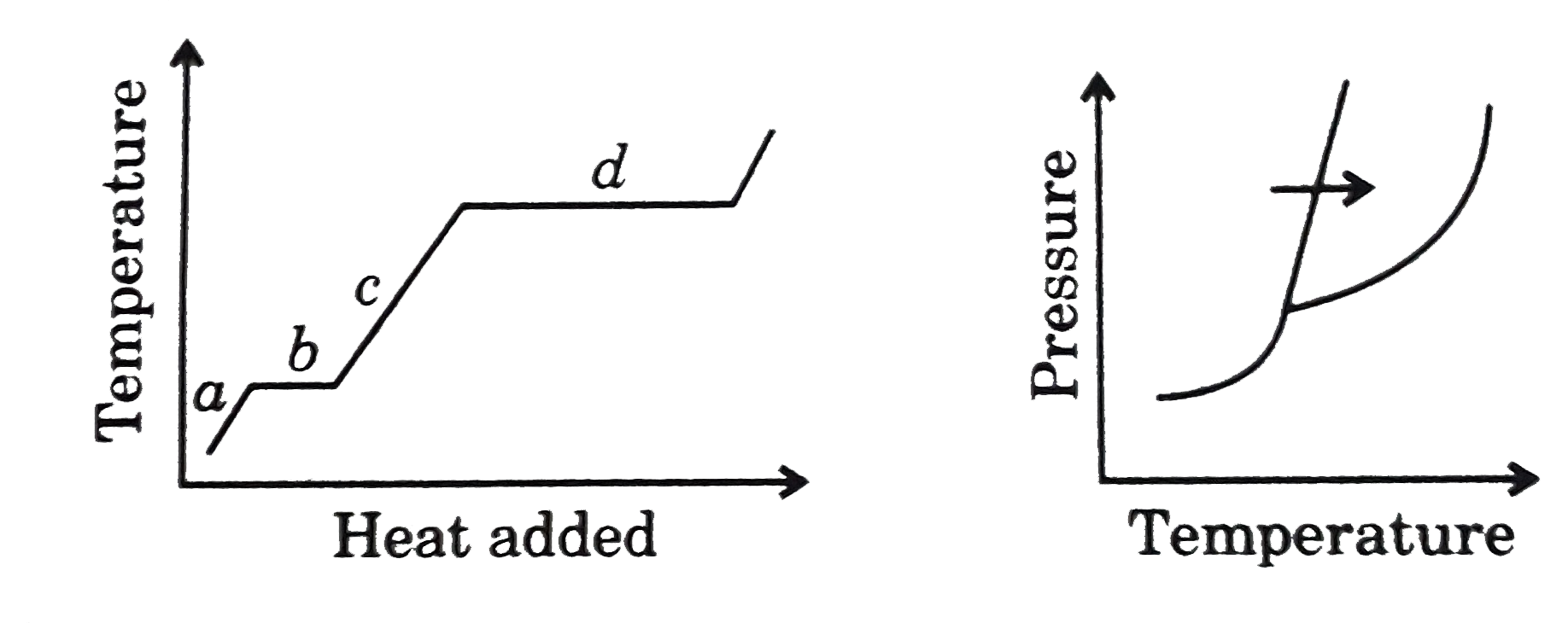Example The measurement of heat change at constant pressure with a neat diagram.
Heat change at constant pressure ( at atmospheric pressure) can be measured using a coffee cup calorimeter. A schematic representation of a coffee cup calorimeter is given in Figure. Instead of bomb, a Styrofoam cup is used in this calorimeter. It Acts as good adiabatic wall and doesn't allow transfer of heat produced during the reaction to its surroundings. This entire heat energy is absorbed by the water inside the cup. This method can be used for the reactions where there is no appreciable change in volume . The change in the temperature of water is measured and used to calculate the amount of heat that has been absorbed or evolved in the reaction using the following expression.
q=mwCWΔT
Where mW is the molar mass of water and CW is the molar heat capacity of water (75.29kJK−1mol−1)

Topper's Solved these Questions
- THERMODYNAMICS Book:SURA PUBLICATIONChapter:THERMODYNAMICS Exercise:NUMERICAL PROBLEMS
Explore 19 Videos
- THERMODYNAMICS Book:SURA PUBLICATIONChapter:THERMODYNAMICS Exercise:ADDITIONAL SHORT ANSWERS
Explore 46 Videos
- SURAS. MODEL QUESTION PAPER - 2 Book:SURA PUBLICATIONChapter:SURAS. MODEL QUESTION PAPER - 2 Exercise:Part - D (Answer all five questions:)
Explore 15 Videos
Similar Questions
Knowledge Check
The heat change in a chemical reaction at constant pressure is
AΔUBPΔVCΔHDΔVIf the ratio of specific heat of a gas of constant pressure to that at constant volume is γ, the change in internal energy of the mass of gas, when the volume changes from V to 2V at constant pressure p is
APV(γ−1)BPVCR(γ−1)DγPV(γ−1)The heat change at constant volume for the decomposition of silver (I) oxide is found to be 30.66kJ. The heat change at constant pressure will be
A30.66kJB>30.66kJC<30.66kJDUnpredicatable
If the ratio of specific heat of a gas of constant pressure to that at constant volume is γ, the change in internal energy of the mass of gas, when the volume changes from V to 2V at constant pressure p is
View SolutionIf the ratio of specific heat of a gas of constant pressure to that at constant volume is γ, the change in internal energy of the mass of gas, when the volume changes from V to 2V at constant pressure p is
View SolutionWhich segment of the heating curve obtained at constant pressure corresponds to the transition denoted by the arrow in the phase diagram ?

View SolutionHeat is supplied to a diatomic gas which expands at constant pressure. The % of change in internal energy to heat supplied is
View SolutionIf the heat change at constant volume for decomposition of silver oxide is 80.25 kJ, what will be the heat change at constant pressure ?
View Solution
